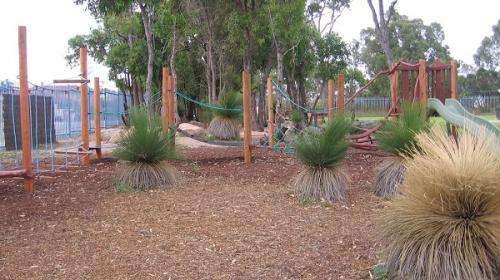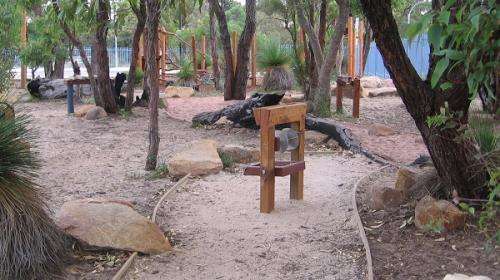Public spaces neglecting young people's needs

Children and teenagers need more say in the design of public spaces such as parks and playgrounds, University of Western Australia researchers contend.
Assistant Professor Karen Martin and Associate Professor Lisa Wood say smaller back yards, over-protective parenting, unsubstantiated public fears and a lack of appealing local spaces are putting youth health and wellbeing at risk.
Teens in particular are feeling the strain.
"A growing need for autonomy during adolescence generally leads to teenagers spending more time outside of the home, typically with friends," A/Prof Martin says.
"Socialising with peers and feeling valued by the local community are emerging as protective factors for mental health, which is a growing concern for young people.
"Unfortunately teenagers hanging out is often associated with loitering, time wasting and anti-social behaviour by adults, so what we are effectively seeing is teens 'designed out' of public spaces."
A major teenager complaint is that, aside from the odd skate park, age-appropriate equipment is almost never provided in parks, which is exacerbated by more and more schools fencing off ovals and sports courts.
"While fencing and padlocking is often used to prevent vandalism, it reduces accessibility and conveys a disturbing visual message that the neighbourhood is not a safe and welcoming place for young people," A/Prof Martin says.
Children's needs aren't being met either, in public spaces or near home.

This includes 'at least two' WA local governments banning swings and cubbies from being attached to verge trees in front of houses because of liability concerns.
At the same time, sterile 'plastic fantastic' playgrounds aren't luring kids away from their iPads.
Researchers say the answer is greener, more natural playgrounds with adaptable materials, which can increase time playing by up to 50 per cent.
These environments offer features like streams, grassy mounds and stick cubbies, and 'creative' items such as old tires, which allow children to decide how they'll be used.
Parents may cringe at sticks and streams, but researchers say 'reasonable risk' offers numerous benefits.
"Without risk, children perceive playgrounds as unexciting and unchallenging, decreasing the likelihood they'll be used," A/Prof Martin says.
"A degree of risk helps them to assess and manage hazards while building resilience, adaptability and self-confidence.
"Exposure to nature has also been shown to improve school attitudes and behaviour."
The researchers praise Rio Tinto's Naturescape in Kings Park as well as Subiaco's new Theatre Gardens Playspace, which opened this month.


















